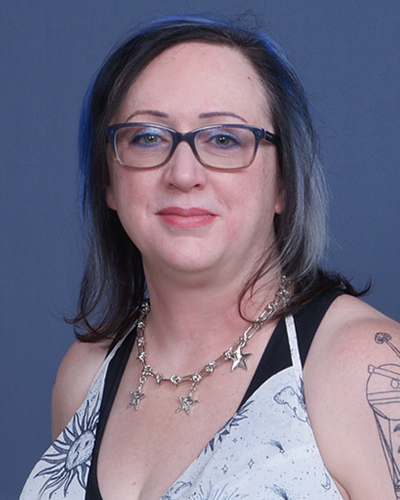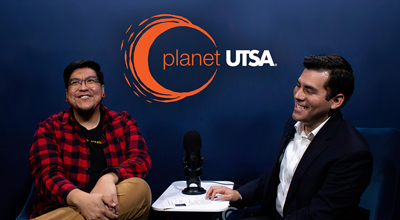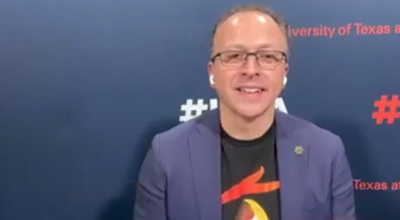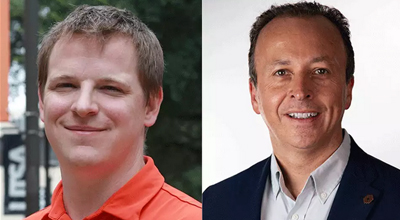The Department of Physics and Astronomy at The University of Texas at San Antonio is a comprehensive academic unit that offers B.A. and B.S. degrees in Physics, plus a M.S. degree in Physics and a Ph.D. degree in Physics.
Our faculty members conduct research in a variety of areas including Astrophysics and Cosmology; Biophysics; Computational Physics; Experimental and Theoretical Condensed Matter Physics; Materials Science; and Nanotechnology and Ultramicroscopy.
Students may choose to train in semiconductor technology, solid-state physics, computer visualization, lasers, biophotonics, and theoretical physics. We also offer courses in the exciting areas of astrophysics, cosmology, and relativity for those interested in that frontier.
We strive to provide UTSA science and engineering students with a solid background in physics and problem-solving skills, critical to their future work, regardless of the nature of that work. We also aim to provide students with as much research experience as possible, to better prepare them for their future careers.
We invite you to look us over and consider the study of physics at UTSA.
Mission Statement
The mission of the Physics and Astronomy department is to provide science and engineering students at UTSA with a solid background in physics, problem-solving skills, and equip students with invaluable research experience.

114
Undergraduate Students
74
Graduate Students
32
Faculty
$4.7M
Research Expenditures
2024 Solar Eclipse
A total solar eclipse will occur over Texas on April 8, 2024. Check out Dr. Speck's eclipse website and "When 99.9% just isn't good enough" article.
UTSA BOLD Gisele
Physics graduate Gisele George shares her experience as a physics student at UTSA.
Latest Physics & Astronomy News
View All Physics & Astronomy News

April 3, 2024
Chris Packham interview: Eclipse frenzy reaches fever pitch in North AmericaPublished by CNN Newsroom

April 1, 2024
UTSA researchers develop way to enhance James Webb Space Telescope imagesPublished by San Antonio Express-News
Social Media
Stay connected & engaged with UTSA Physics and Astronomy!


